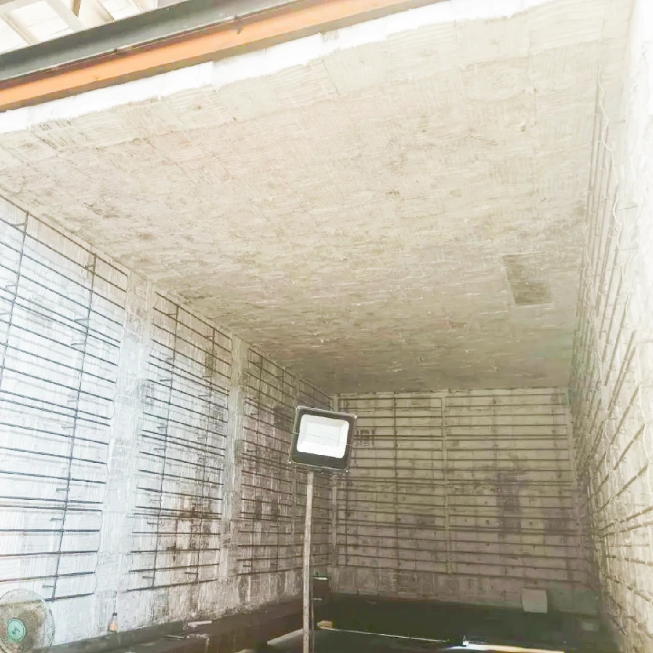Table of Contents
Advantages of ceramic fiber veneer blocks for energy-saving transformation of kilns
1. Introduction of ceramic fiber veneer block
Ceramic fiber veneer blocks are launched by Anchor-Tech and are mainly used for refractory linings for repairing old kilns. They are a form of ceramic fiber modules. This product requires professional technicians to fold or cut ceramic fiber blankets and stack them in layers, and then press them to make veneer blocks. The installation method is mainly to bond the veneer blocks to refractory bricks or castable wall linings through refractory adhesives .

2. Veneer blocks are used for kiln transformation
The use of veneer blocks is effective for the transformation of kilns with traditional refractory linings (refractory bricks or castable structures). This is because the veneer blocks can be pasted on the refractory brick or castable lining of the kiln without changing the existing furnace body. Through their own low thermal conductivity and excellent thermal insulation properties, the surface temperature of the refractory bricks or castables is reduced, thereby extending the life of the furnace lining, reducing heat loss, and improving product quality.
The modification of veneer blocks requires less investment, is easy to construct, and has outstanding energy-saving effects, and is recognized by a large number of industrial furnace users. However, it should be noted that the thickness of the veneer block is not always proportional to the energy efficiency. The most important thing to balance the economic effect and energy-saving effect is to reasonably choose the thickness of the fiber veneer block.

3. Anchor-Tech related knowledge
Tests show that the thickness of the veneer layer The thermal resistance of 50mm is 5 to 6 times that of 10mm thick fiber veneer layer , which can significantly reduce the heat flow through the fiber layer to the refractory brick wall. However, when the thickness of the fiber veneer layer is greater than 75mm, increasing the thickness of the fiber veneer layer will only slightly reduce the heat loss of the furnace wall. Therefore, the thickness of the ceramic fiber module veneer layer should be 50mm.


